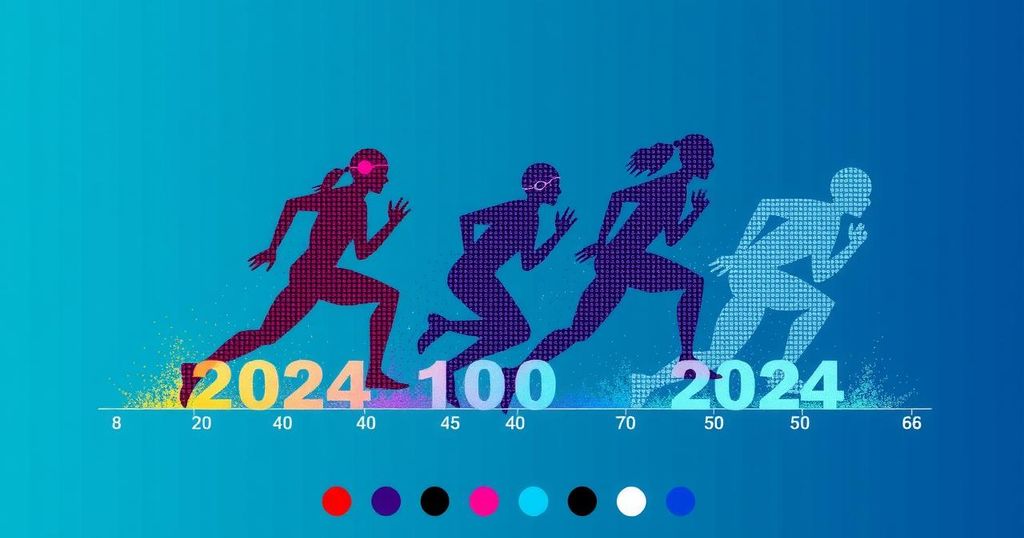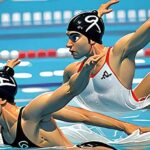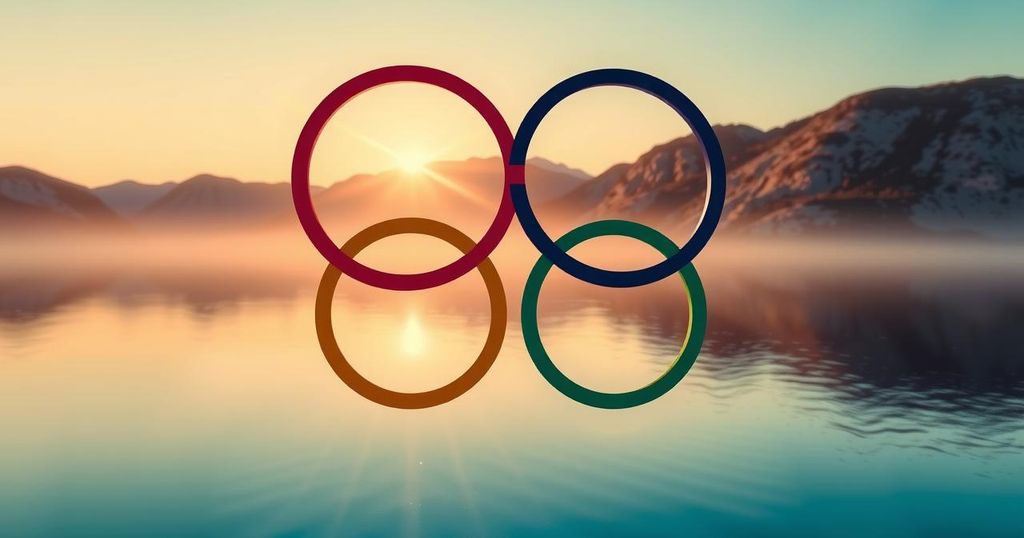Data Analysis of the Women’s 100m Backstroke at the 2024 Olympics: Insights and Performance Metrics
### 2024 Olympics: Analyzing Women’s 100m Backstroke Race Data
In anticipation of the Paris 2024 Olympics, the French governing body for swimming, the Fédération Française de Natation, has published an in-depth data analysis booklet outlining every event undertaken during the Games. This comprehensive guide includes detailed statistics such as swimmers’ 25m splits, total underwater time, stroke counts, and additional analytical metrics, all systematically presented in tabular format for each finalist. Over the subsequent days, I will highlight select races from the Olympics, delving into the data pertaining to the world’s top swimmers.
This linguistic-rich data compilation is meticulously organized into four primary sections:
1. **Laps** (splits)
2. **Parties Nagées** (Parts of the race swum)
3. **Parties Non Nagées** (Parts of the race not swum, encompassing the start, underwater segments, and finish)
4. **Mouvements** (total strokes and related data)
### Analysis of the Women’s 100m Backstroke
Reflecting on the recent Olympic Games, the intense rivalry between Kaylee McKeown and Regan Smith was notably showcased. McKeown successfully defended her title from 2021, securing first place with a commendable time of 57.33 seconds. Smith, who concluded the race in second place with a time of 57.66 seconds, still maintains the world record of 57.13 seconds. Katharine Berkoff also made her mark by breaking the 58-second barrier, swimming to a bronze medal with a time of 57.98 seconds.
This race held historical significance, being one of the rare occasions where only four nations—Australia, the United States, Canada, and France—were represented, each with two swimmers in the final. The results for this event are as follows:
– Kaylee McKeown (Australia) – 57.33
– Regan Smith (United States) – 57.66
– Katharine Berkoff (United States) – 57.98
– Kylie Masse (Canada) – 58.29
– Iona Anderson (Australia) – 58.98
– Ingrid Wilm (Canada) – 59.25
– Emma Terebo (France) – 59.40
– Beryl Gastaldello (France) – 59.80
### Laps (Splits)
During the opening 50 meters, the timing details were as follows:
– Smith/Masse: 28.02
– Berkoff: 28.05
– McKeown: 28.08
– Anderson: 28.47
– Wilm: 28.69
– Terebo: 28.79
– Gastaldello: 28.80
In the closing 50 meters, the times recorded were:
– McKeown: 29.25
– Smith: 29.64
– Berkoff: 29.93
– Masse: 30.27
– Anderson: 30.51
– Wilm: 30.56
– Terebo: 30.61
– Gastaldello: 31.00
The results exhibit that McKeown, Smith, Berkoff, and Masse formed a leading group, completing their first segment within a second of each other, whereas the subsequent group of Anderson, Wilm, Terebo, and Gastaldello concluded within a second as well. McKeown demonstrated superior speed in the second half of the race, allowing her to secure victory.
### Parties Nagées (Parts of the Race Swum)
This section outlines each swimmer’s performance from 15m to 45m as well as from 65m to 95m, excluding the start, turns, and finish. The summarized results for swimming time are as follows:
– McKeown: 36.81 seconds
– Smith: 37.20 seconds
– Anderson: 37.34 seconds
– Masse: 37.36 seconds
– Berkoff: 37.39 seconds
– Terebo: 37.44 seconds
– Wilm: 37.73 seconds
– Gastaldello: 38.44 seconds
The findings suggest that overall race performance is contingent upon combining swimming and non-swimming times.
### Parties Non Nagées (Parts of the Race Not Swum)
This section highlights key components such as reaction times, underwater durations, and various metrics from the start to 15m, 45-65m, and 95m to the wall. The times for this segment are as follows:
– Smith: 20.46 seconds
– McKeown: 20.52 seconds
– Berkoff: 20.59 seconds
– Masse: 20.93 seconds
– Gastaldello: 21.36 seconds
– Wilm: 21.52 seconds
– Anderson: 21.64 seconds
– Terebo: 21.96 seconds
The data illustrates a remarkable finish where the top three competitors performed admirably in both swimming and non-swimming segments, particularly excelling in starts and turns, crucial elements that distinguish podium contenders from the rest of the field.
### Mouvements (Stroke)
Lastly, the analysis of the total strokes taken during the course of the race has been documented, arranged from most to least strokes:
– Berkoff/Anderson: 77
– Smith/Terebo/Gastaldello: 76
– Masse: 75
– McKeown: 70
– Wilm: 66
In terms of distance per stroke, the order is as follows:
– Wilm: 1.092 meters/stroke
– McKeown: 1.033 meters/stroke
– Terebo: 1.000 meters/stroke
– Gastaldello: 0.963 meters/stroke
– Masse: 0.977 meters/stroke
– Anderson: 0.964 meters/stroke
– Berkoff: 0.923 meters/stroke
– Smith: 0.918 meters/stroke
This final segment reinforces the notion that there exist varied approaches to achieve success in backstroke events. While some swimmers opted for a higher stroke rate and fewer meters per stroke, others, such as McKeown, utilized a lower stroke frequency to maintain a broader distance per stroke.
In conclusion, this analytical breakdown of the Women’s 100m Backstroke at the 2024 Olympics not only illuminates the performance metrics of elite swimmers but also emphasizes the strategic diversity evident in their race approaches. Future discussions will delve even deeper into the remarkable data that these athletes generated during their Olympic competition.
For those interested in exploring further, I encourage you to access the complete breakdown available in the official booklet.








Post Comment